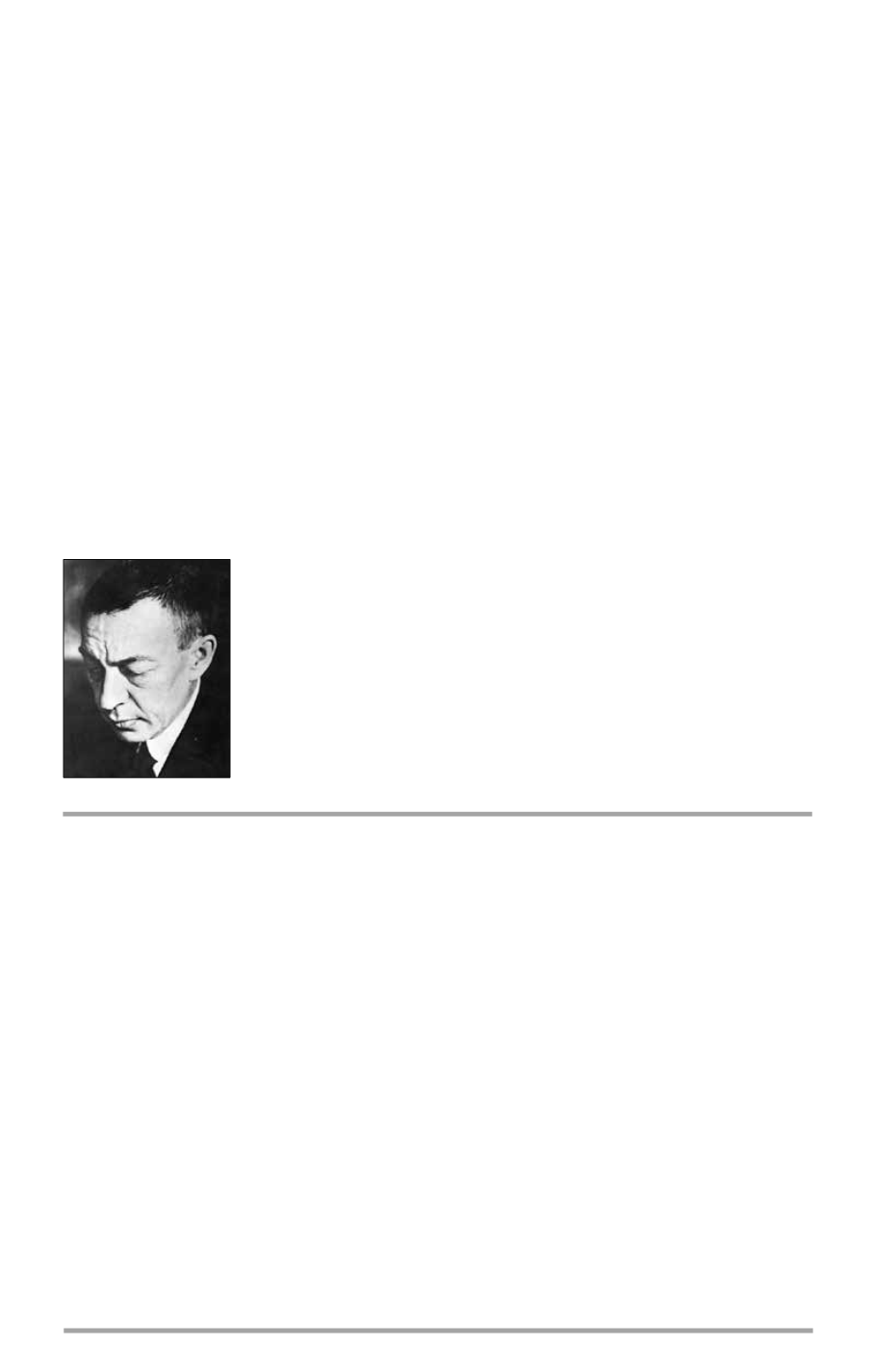
2018 Program Notes, Book 2
|
39
Piston’s close association with the Boston Symphony Orchestra was
initially developed in the late 1920s by the ensemble’s music director, Sergei
Koussevitzky, and fruitfully continued by his successor, Charles Munch. The
BSO premiered 11 of Piston’s works between 1927 and 1971, and commissioned
from him the Symphony No. 6 in 1955 in celebration of its 75th anniversary.
The score was dedicated to the memory of Sergei and Natalie Koussevitzky,
and premiered under Munch’s direction in Boston on November 25, 1955.
With its non-referential content, masterful formal contrast and balance within
and between movements, luminous orchestration, finely drawn counterpoint,
expansive lyricism and rhythmic vitality, the Sixth Symphony is a superb
example of Piston’s creative idiom. The composer himself gave a succinct
description of the work: “Little need be said in advance about the Symphony.
The headings listed on the program page are indicative of the general
character of each movement. The first movement is flowing and expressive,
in sonata form; the second a scherzo, light and fast; the third a serene
Adagio
,
theme one played by solo cello, theme two by the solo flute; and the fourth an
energetic finale with two contrasting themes. The Symphony was composed
with no intent other than to make music to be played and listened to.”
Sergei Rachmaninov
(1873–1943)
PIANO CONCERTO NO. 3 IN D MINOR,
OP. 30 (1909)
Scored for:
solo piano, pairs of woodwinds, four horns,
two trumpets, three trombones, tuba, timpani, percussion
and strings
Performance time:
39 minutes
First Grant Park Orchestra performance:
July 6, 1949;
Nikolai Malko, conductor; Sigi Weissenberg, piano
The worlds of technology and art sometimes brush against each other in curious
ways. In 1909, it seems, Sergei Rachmaninov wanted one of those new mechanical
wonders—an automobile. And thereupon hangs the tale of his first visit to America.
The impresario Henry Wolfson of New York arranged a 30-concert tour for the
1909–1910 season for Rachmaninov so he could play and conduct his own works
in a number of American cities. Rachmaninov was at first hesitant about leaving
his family and home for such an extended overseas trip, but the generous
financial remuneration was too tempting to resist. With a few tour details still
left unsettled, Wolfson died suddenly in the spring of 1909, and the composer
was much relieved that the journey would probably be canceled. Wolfson’s
agency had a contract with Rachmaninov, however, and during the summer
finished the arrangements for his appearances so that the composer-pianist-
conductor was obliged to leave for New York as scheduled. Trying to look on
the bright side of this daunting prospect, Rachmaninov wrote to his longtime
friend Nikita Morozov, “I don’t want to go. But then perhaps, after America I’ll be
able to buy myself that automobile.... It may not be so bad after all!” It was for
the American tour that Rachmaninov composed his Third Piano Concerto.
JUNE 23, 2018








